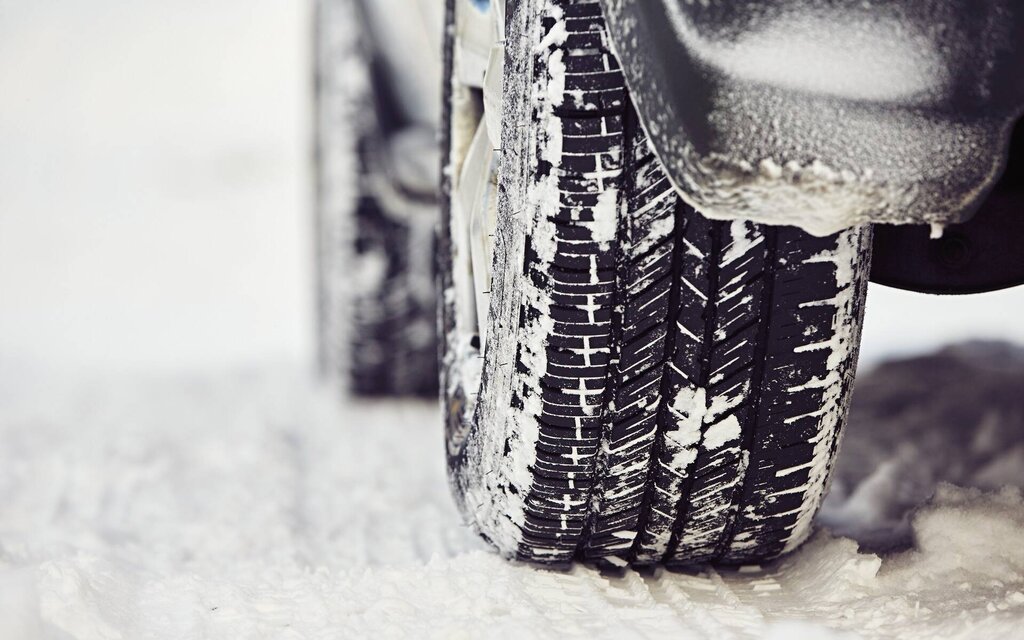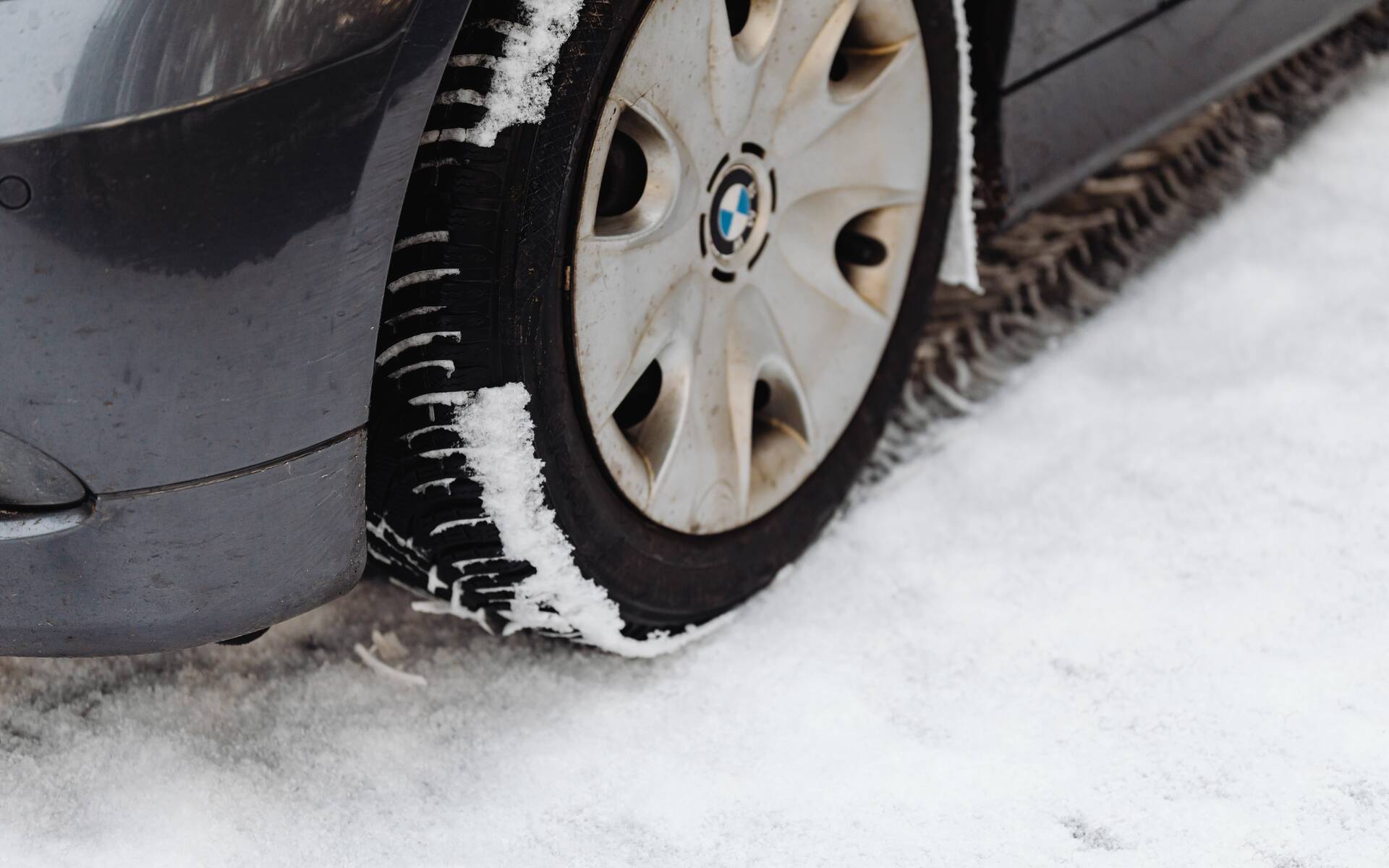8 Great Tips and Reminders for Winter Tire Buyers
October is typically a good time to perform fall maintenance and prepare your vehicle for the cold season, including scheduling an appointment to have your winter tires installed.
Car owners in need of a new set of tires shouldn’t waste any time, especially this year. As previously reported, the tire industry is also affected by production and logistics issues stemming from the pandemic.
- Also: Top 10: Best Winter Tires for Cars and Small SUVs, 2021-2022
- Also: Winter Tires to Cost Way More This Year
Several leading manufacturers are already experiencing a tire shortage. There will inevitably be substantial hikes, too—up to 30 percent in some cases, particularly among entry-level models.
Despite all this, it’s always important to do your homework as an educated consumer. Before you rush to your local tire retailer and make a purchase, here are eight useful tips and reminders.

1. Beyond the Brand
Barring a few exceptions, a more expensive winter tire usually boasts higher quality, grip and longevity. All the top brands offer good products, so there are no really bad winter tires out there, though you’ll want to avoid obscure brands with discounted prices popping up online. Many people will say Nokian is the best, as supported by a number of reviews and rankings. Bridgestone, Michelin and Toyo generally perform quite well, too.
2. What Are Your Needs?
Regardless of the brand, you’re likely to make the wrong choice if you don’t determine your needs first. What are your driving habits? Do you spend more time around town or in rural areas? How much will you travel in the winter? Do you want your tires to perform on snow, ice or both? Is a quiet tire important to you? What about durability?
3. Four Identical Tires, Please!
At a time when availability can be an issue with some tire models, don’t do the mistake of replacing just two of your tires or using odd combinations. Having four identical winter tires is a must, especially on a 4WD or AWD vehicle. Damage could result from driving with different tire models or a mix of new and used tires, not to mention that your safety could be compromised.

4. Beware of Unsold Tires
You might stumble upon a set of winter tires that were manufactured two years ago but have never been sold. Most studies show that tires start to lose their original attributes and traction after five years. If you plan to keep your winter tires for 3-4 years, then you should buy some that left the factory more recently.
5. Age vs. Quality
Of course, it all depends on the make and model, both new and used. A slightly older, higher-quality tire is generally a better purchase than a fresh but mediocre tire. The difference in handling, braking and ride quality can be easy to identify.
6. Studs or No Studs
Studded tire technology has vastly evolved in recent years. Some models have become so sophisticated that they generate far less noise and damage to the roadway. Studded tires are particularly useful outside of city confines as well as in areas where only small quantities of salt and sand are applied to the road during winter.

7. Tires AND Wheels?
A limited selection of winter tires could lead some retailers to suggest a different size of wheels. Before you consider making such a move, you must know the exact specs and requirements for your vehicle. Also, you should know that handling will be slightly affected: 16-inch wheels and tires don’t have the same footprint and grip as 17-inch units, for instance.
8. Seek Expert Advice
Don’t hesitate to ask a tire expert for advice before making a decision. Friends and online forums may not be enough or could generate confusion. A good advisor will be able to identify the tire model that best fits your needs and budget.











